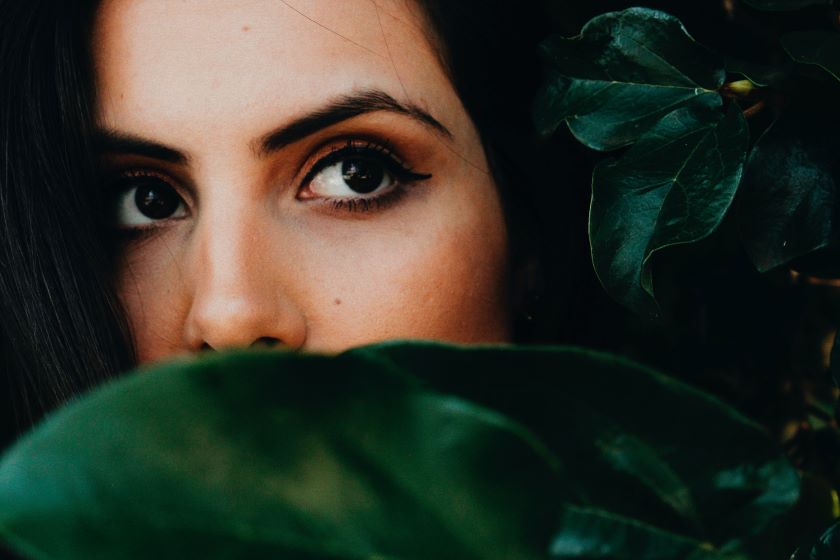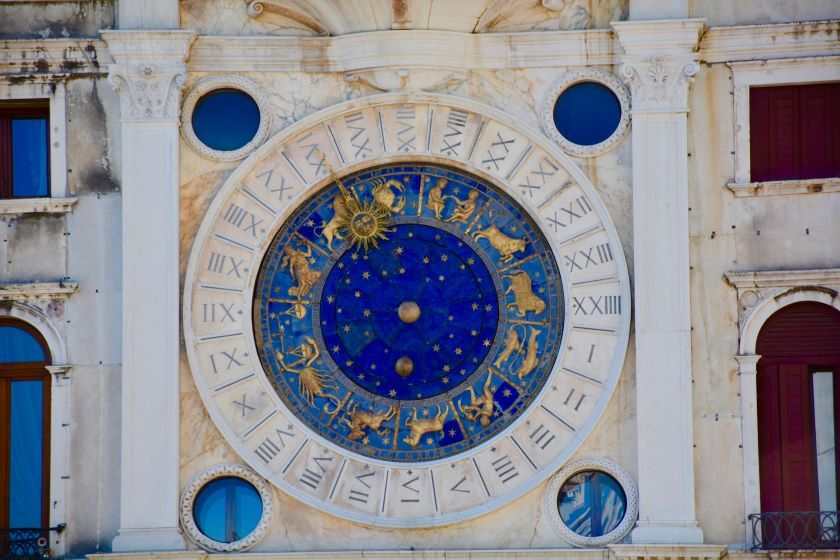A stranger’s cold eyes, pursed lips, scrunched-up nose and serious brows can leave us feeling uncomfortable. Or perhaps you’ve felt at ease when encountering a warm, open face with kind eyes and an upturned mouth. Many of us subconsciously evaluate who to trust or who to avoid based on people’s facial features.
While we might not consider the root of such judgments, putting it down to intuition, we are inadvertently Face Reading. The study, officially known as physiognomy, pinpoints the exact facial features that correspond with an individual’s personality, and proves to be more than just intuition. It is rooted in ancient studies and has served communities dating back as early as the Zhou dynasty in China.
According to this practice, an auspicious face, which can be categorised by big earlobes, a plump chin, straight nose and a full forehead, can mean this person will lead a prosperous and successful life. By comparison, a face with a flat philtrum – the space between the nose and upper lip, a small chin and a blemished or scarred forehead foretells a life marred with health, relationship and financial difficulties. Chinese physiognomy holds that a person’s past is reflected on their face and through analysing facial features their former and future experiences are revealed.
Like astrology and tarot reading, physiognomy is considered an alternate practice in the West. Despite the sceptical beliefs around these practices, Face Reading is not based on conjecture, as scientists have been studying the links between physiognomy and the way we perceive others, with some reports finding evidence that certain features can affect the way people see us. Face Reading is even used for criminal profiling, with law enforcement agencies such as the FBI, using the practice to assist in reading suspects or offenders.
There are 12 main features including the ears, nose, lips, cheeks, jaw, chin, brows, mouth, eyes, eyebrows, forehead and hairline, with each corresponding to personality traits. Each facial feature is also thought to represent the health of our internal organs, with the forehead representing the liver, the nose linked to the heart and the ears linked to the kidneys.
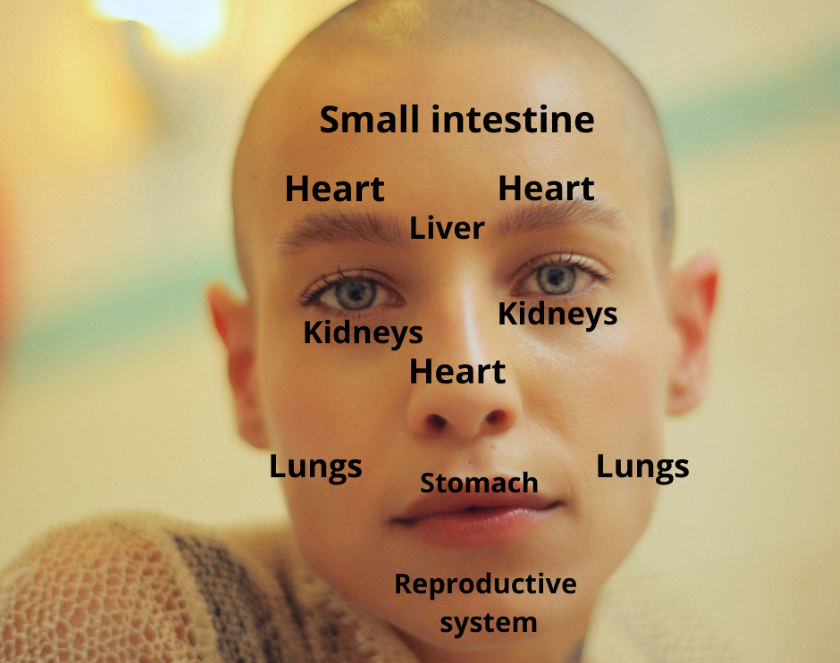
The face is split between the left and right side, with the left side held to represent one’s personal life and true self. The right side reflects one’s public self that they project outwards. For example, if a person had a scar on their left side, this may indicate a distressing event in their personal life.
Although physiognomy is not a hard science and can’t be relied upon for profiling without further research, it remains a popular practice that is learned and applied not only by professionals, but also by lay people.
Here are some easy techniques to get started on the elements of Face Reading and what they mean:
Face shape:
There are 10 main face shapes in Chinese physiognomy, each reflecting different personalities, experiences and fortunes. Below are a few of the most common shapes.
- Round Face Shape: This shape describes a round, plump face and denotes a kind and compassionate individual who is easy-going and accommodating. Known as the ‘water’ type face, it is thought that the owner of this face is optimistic and has a gentle, kind nature.
- Square face shape: This type is thought to be an analytical, logical and smart individual. Also known as the ‘metal’ face, this type is domineering and can be overbearing or stubborn, but is believed to have a good sense of humour.
- Long face shape: This face shape denotes a hardworking type who is practical and organised. They may be short-tempered, prickly and difficult to communicate with. This is the ‘wood’ type face, and it is held that the owner of this face may struggle with relationships due to their nature.
- Triangular face shape: This type describes a face with a narrow forehead and large jaw. They are considered kind, genuine and family-oriented.
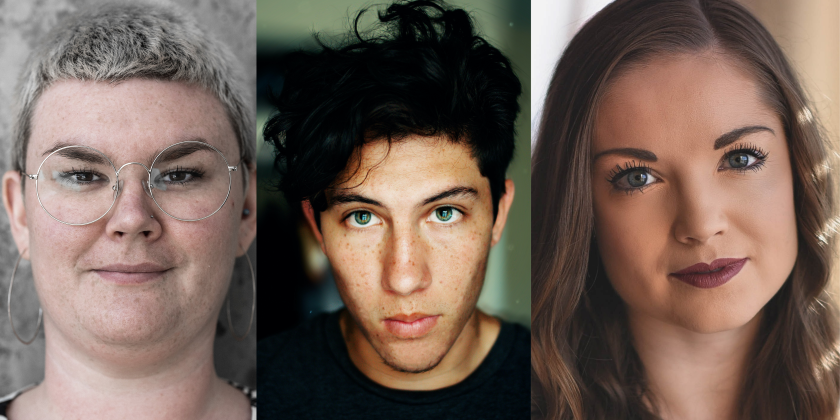
Eyebrows:
Eyebrows are believed to represent one’s fortune from age 31-34, along with reflecting emotions and one’s familial relationships. In general, auspicious eyebrows are considered those that are long enough to cover the eyes, are aligned with the brow bone and have smooth hair.
- Curved: The owners of these eyebrows are described as warm, open and friendly people. They are strong communicators and enjoy working with others.
- Straight: Individuals with these eyebrows are considered serious and direct, with a business-minded approach to life. They have a short temper and can be stubborn. They have a strong ability to focus and are not the type you’d find struggling with procrastination.
- Angled: This type indicates an impatient and ambitious individual who likes to be in control. They make good leaders, and are highly competitive. This type is advised to keep their temper in check to avoid hurting others.
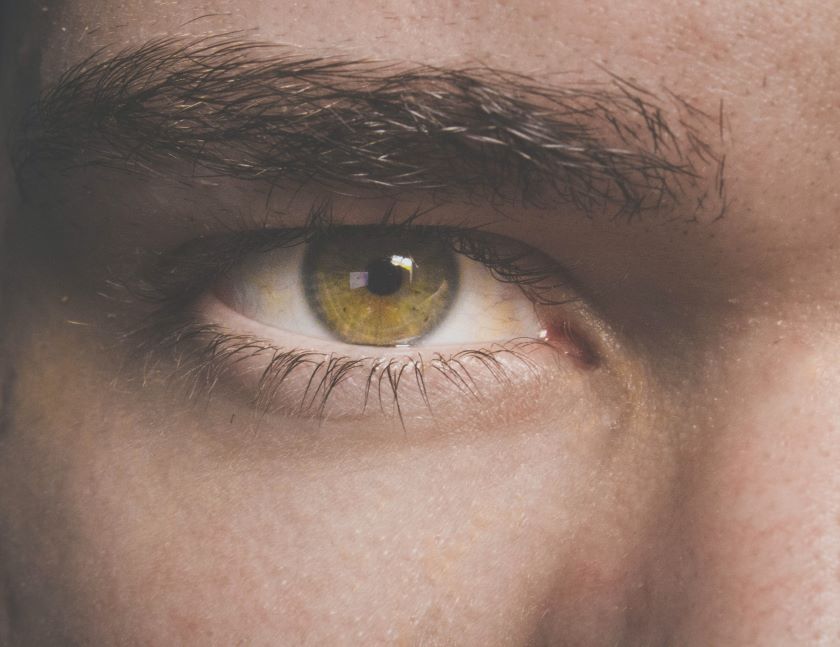
Eyes:
The eyes have long been referred to as the window to the soul, and according to physiognomists, it is for good reason. The shape and positioning of one’s eyes are believed to indicate a person’s open or reserved nature.
- Closely set eyes: These eyes refer to those that are positioned closer together, and indicate an independent, strong-willed and possibly stubborn individual.
- Wide-set eyes: Those with wide-set eyes are believed to be adventurous and thoughtful types who think outside the box.
- Upward-turned eyes: Someone with these eyes is thought to be an inquisitive and ambitious individual. They are held to be optimists who are able to get a hold of, and make the most of, opportunities.
- Downward-turned eyes: The owners of these eyes are more prone to pessimism and negative rumination. However, they are believed to be kind, thoughtful and helpful to those around them.
- Deep-set eyes: People with deep-set eyes are observant and attentive and have a mysterious image. They are reserved and often hold people at an arm’s length before getting to know them. They may take a while to open up and struggle with authentic self-expression.
- Protruding eyes: Those with this eye type are considered to be erratic and impulsive, with a strong passion for fun ad adventure. They are thought to enjoy attention and validation from others.
Do you have these unlucky eyes? Sanpaku eyes describes eyes with three visible whites; referring to the visible sclera of the eyes. While this term is Japanese, it is a culturally widespread and deep-rooted belief that this eye type is a bad omen.
Most commonly, people have only two white spaces visible in their eyes, those to the right and left of the iris. But when the sclera below or above the eyes are also visible, these are considered Sanpaku eyes. With the white below the iris visible, the owner of these eyes is considered to be an unlucky person, and someone who will suffer exceptionally through their lives.
Many renowned figures with calamitous experiences have had these inauspicious eyes, including Princess Diana, Michael Jackson and James Dean, who all had whites visible below the iris. On the other hand, people with whites visible above the iris are believed to cause suffering to those around them.

Mouth:
As the corresponding facial feature of the stomach, the mouth represents materialism, sexual attraction, but also love and friendship.
- Big mouth: People with this type tend to be healthy, influential and passionate. They are well-liked and charismatic and may have luck in the financial aspects of life.
- Small mouth: These individuals are usually more conservative and reserved. They struggle to express their feelings and tend to be timid in relationships.
- Upturned mouth: This type represents an optimistic and enthusiastic person who is usually popular and well-liked. They are motivated and driven and this generally leads to financial security and success and their lives.
- Down-turned mouth: This mouth indicates a prideful and rigidly- principled individual who can be stubborn. On the other hand, they are hard-working, courageous and are dedicated to overcome challenges in their lives.
- Crooked mouth: People with crooked mouths tend to suffer from stomach problems. If the right side is crooked, then these individuals are thought to be witty, talkative and passionate. On the other hand, a left-side crooked mouth indicates a pessimistic, worn-out person who is likely to hold grudges against others.
Lips:
- Thick lips: These lips indicate a pragmatic, friendly and sentimental individual. They are positive and considerate, but have a tendency of making impulsive decisions and are prone to getting misled by others.
- Thin lips: People with this type tend to be witty, realistic and straightforward. They can also be stubborn, argumentative and like to exaggerate stories. They may lack responsibility and loyalty.
- Thick upper lip and thin lower lip: This combination represents a caring, loyal and devoted individual who is observant and considerate of others’ problems. They believe in giving, rather than taking.
- Thin upper lip and thick lower lip: This type indicates a dependent person, who lacks self-regulation skills and may overly rely on the help and support of others around them.

Nose:
The tip of the nose is held to represent a person’s financial luck in life, while the bridge of the nose reflects health.
- Fleshy nose tip: It is a generally held belief in physiognomy that the bigger the nose, the bigger the ego. But along with this comes with a strong inner world and a kind spirit.
- Small nose tip: This indicates a more prudent and reserved individual, with bad financial luck.
- High nose bridge: A straight nose bridge indicates good health, especially if there are no moles or scars. When the bridge is high, it represents a person who attracts wealth and has good luck in romantic relationships.
- Low nose bridge: A low bridge indicates low self-esteem and suggests those with this nose lack the confidence that those with higher and bigger noses are known for.
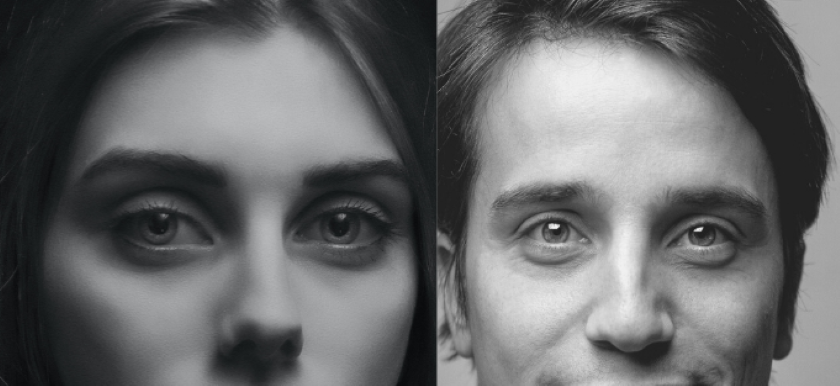
These techniques can easily be applied to uncover what your face says about your fortune, health and past experiences. However, Chinese philosophy relies upon balance and, as such, for an effective reading, each facial feature should not be isolated, but rather, analysed with the rest of the face taken into consideration.

